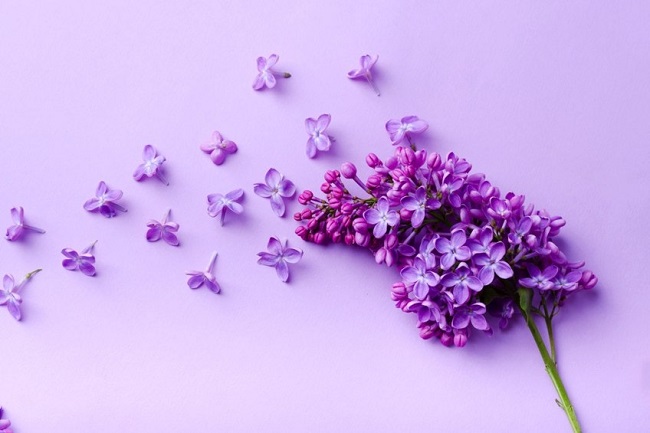The colour purple represents much more than its mere appearance. The ancient Phoenicians in the Tyre area of the Mediterranean used a dye of this colour made from the shells of mollusks; the word originates from the Greek term Porphyra.
Only the most powerful monarchs could afford to have their clothes dyed in this fabled colour. The assumption that purple denotes nobility and symbolises wealth and authority stems from this.
Top 2 Ways How Do You Say Purple in Spanish

It’s also worth noting that this shade became associated with spirituality just around the time that ancient kings started thinking they were gods or divinely descended from deities. These people wore this colour and decorated their homes with it, thus it came to symbolise power, excess, and unimaginable wealth.
We’ll examine the several Spanish expressions for “purple” and learn when each is appropriate. The Spanish word for a hue shifts depending on its intensity, as well as other characteristics we’ll examine later on.
1: Mulberry, or Morado, in Spanish
Morado is an actual colour that exists on the electromagnetic spectrum of light, but prpura does not. As a matter of truth, prpura is used to identify any colour that lies between red and blue; nevertheless, mulberry is sometimes used indiscriminately, just like purple, to designate these tones as well.
In all of Latin America, a bruise might be called a “morado,” a slang term that carries a negative connotation.
2: Purpúreo – Purplish
The word shares the same etymological roots as violáceo, however in this case the colour purple is being referred to. Since “purple” encompasses a wide range of hues, the literary term “purple” is often used to refer to any colour that is not violet or violaceous.
3: Cardenal – Cardinal
Cardinals are known for their selfless dedication to society, and the purple they wear is a nod to that tradition. A cardinal is the highest ranking priest that the pope may appoint, and it is his responsibility to advise him and choose his successor when he passes away.
The purple hue favoured by these heads of state is commonly referred to as “cardinal red” or “cardinal colour,” as it falls between the traditional categories of purple and red.
4: Malva – Mauve
It is a pastel shade that falls between violet and magenta, and hence can be thought of as either violet or magenta, or even pink. Since both the mauve flower and the orchid have the same hue and botanical family, their names have become interchangeable.
As a result of William Perkins’s failed attempt to oxidise aniline to obtain quinine, the colour is also known in Spanish as mauve. Although the experiment failed, the first chemical dye, which came to be known as Perkins mauve, mauveine, or simply purple aniline, was created.
5: Purpurino – Purpurine
In Spanish, this word can be translated as “purple,” however it more accurately describes a range of shades within the purple spectrum. On the other hand, it can also mean a clear metal powder used to give paints a silvery sheen just before they dry.
Glitter, brilliantine, and “frosting” are all names for the craft supply to which “purpurina” refers because of its similarity to these substances.
Concluding Ideas
Purple, a colour long associated with monarchy and flowers, has come to symbolise many different things: royalty, power, sacrifice for the betterment of humanity, riches, hierarchy, luxury, and even eccentricity.
As time has passed, this once-controversial hue has become increasingly pivotal in fields as disparate as haute couture and floriculture. I hope you’ve enjoyed learning all the Spanish words for purple and that you’ll be better able to distinguish between purple’s various tones in future conversations.









































